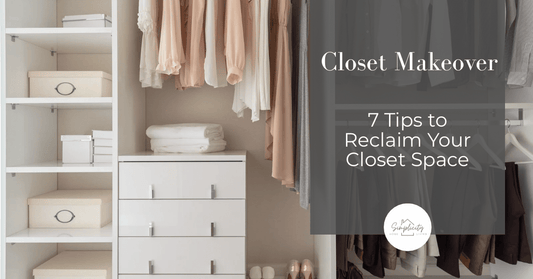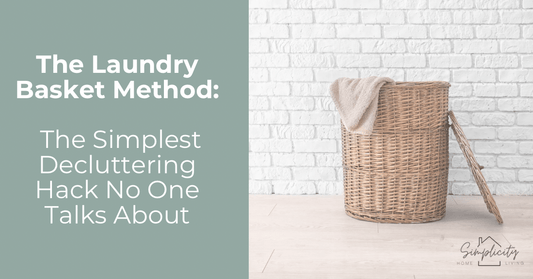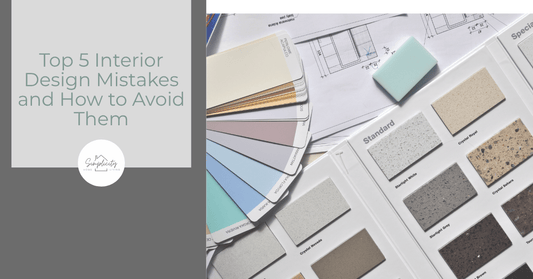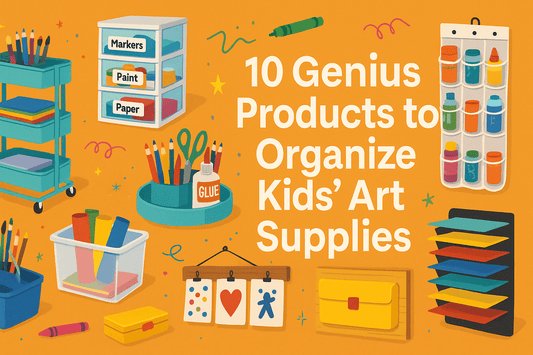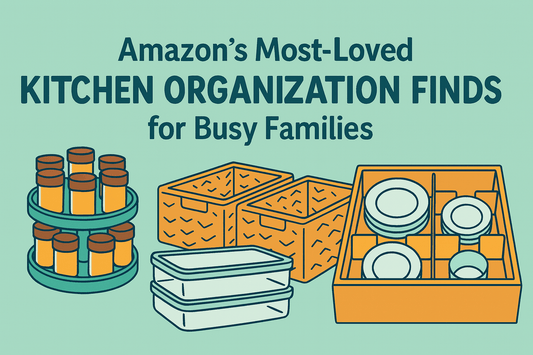Less mess, happier kids, and playtime with actual purpose? Sign me up.
Raise your hand if you’ve ever looked around at the overflowing toy bins, scattered puzzle pieces, and random blocks on your floor and thought, "How did we get here?" Don’t worry; we’ve all been there.
If your living room looks like a nuclear toy explosion, and yet your child still complains about boredom, it’s time to introduce a secret weapon: toy rotation. Toy rotation isn’t just about managing clutter—it’s about enriching playtime and boosting your child's development. Here's everything you need to know about creating toy rotation systems that actually work.
What Exactly is a Toy Rotation System?
Simply put, toy rotation means regularly swapping out a limited number of toys while keeping the rest hidden away. This system not only cuts down clutter but encourages deeper, more focused play. Plus, when "new" toys come out, they're exciting again—without a trip to the store.
Here’s how to do it effectively, step-by-step.
Step 1: Choose Your Rotation Schedule
The first key to a successful toy rotation system is consistency. Pick a schedule that fits your family:
- Weekly rotation: Perfect for toddlers and preschoolers who thrive on novelty.
- Bi-weekly rotation: Works great for slightly older kids or busier parents.
- Monthly rotation: Ideal if your kids have more complex toys or longer attention spans.
Stick to a schedule, and your child will start anticipating the excitement of “new” toy days.
Step 2: Categorize Toys Strategically

Don’t just dump toys in random bins—categorize them thoughtfully to ensure variety each rotation.
- Educational Toys: Puzzles, shape sorters, alphabet games.
- Creative Toys: Art supplies, craft kits, Play-Doh.
- Imaginative Play: Dolls, action figures, play kitchens, and vehicles.
- Active Toys: Balls, jump ropes, or small indoor climbing toys.
Pro tip: Make sure each rotation has toys from each category to support well-rounded development and keep playtime fresh. Use our Toy Bin Labels!
Step 3: Store Toys Smartly (Out of Sight, Out of Mind)
Storage is crucial. Keep toys out of sight and clearly labeled when they’re out of rotation. Some great storage solutions:
- Clear storage bins labeled by category or rotation number.
- Closet shelves, under-bed storage, or stackable bins in basements or garages.
- Opaque bins for toys you want kids to completely forget about until rotation day.
Remember: If kids see them, they’ll ask for them—so hide them well!
Step 4: Make Rotation Day Exciting
Toy rotation day should feel special—almost like a mini birthday party.
- Announce it ahead of time to build anticipation: “Tomorrow’s new-toy day!”
- Get your child involved in helping choose which toys go into rotation.
- Encourage them to rediscover toys by setting them up creatively, inviting imaginative play right from the start.
Why Toy Rotation is Amazing for Your Child’s Development

It's not just about reducing clutter—though that's a huge perk. Here are some developmental benefits:
- Enhances creativity: Fewer toys at a time mean deeper exploration and imaginative play.
- Improves attention span: Children play longer and more meaningfully with fewer distractions.
- Boosts independence: Organized toys mean your child can choose activities independently without overwhelm.
- Reduces overstimulation: Less chaos means less stress and frustration—for both parents and children.
Troubleshooting Common Toy Rotation Challenges
Even the best systems encounter hiccups. Here’s how to handle them smoothly:
-
"My kid asks for hidden toys constantly."
- Rotate more frequently or keep one comfort toy always available.
-
"We don’t have enough space for storage."
- Go minimalist: Donate or sell excess toys that no longer spark joy or interest.
- Use vertical space—walls, backs of doors, under beds—every inch counts!
-
"My child loses interest quickly."
- Shorten the rotation period or switch categories more often to maintain excitement.
Real-Life Toy Rotation Ideas That Actually Work

Here are some easy-to-implement rotation systems that parents swear by:
- The Four-Box Method: Four bins, rotate weekly. Simple, visual, and manageable.
- The Shelfie Approach: One attractive shelf for toys in use, bins for hidden toys. Easy to manage and appealing visually.
- The Theme Rotation: Themes like “vehicles week,” “puzzle week,” or “building week” keep things fresh and fun.
Final Thoughts: Toy Rotation Made Simple
Toy rotation isn't just another parenting trend—it's a smart strategy for encouraging focused play, creativity, and development in young children. When done right, toy rotation systems reduce clutter, boost your child’s imagination, and yes, even give you your living room back (at least partially).
Remember, there’s no perfect way to rotate toys. The best system is the one you’ll stick with consistently and that works for your family. So go ahead, simplify that playroom, and watch your child rediscover the joy of truly engaged play.
Want more practical parenting tips, easy organizing solutions, and stress-free strategies for family life?
Sign up for our newsletter and get actionable ideas delivered straight to your inbox every week!



